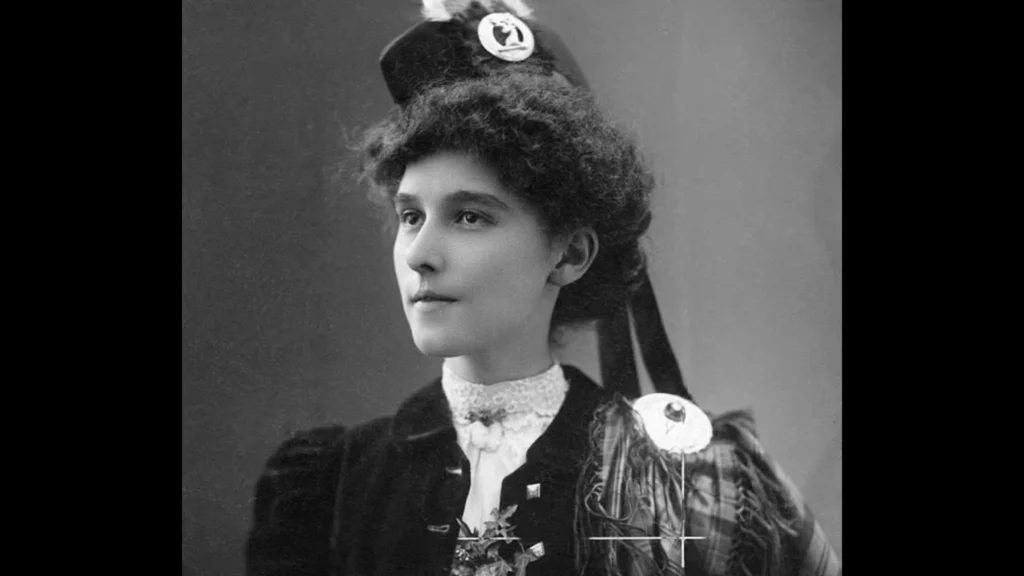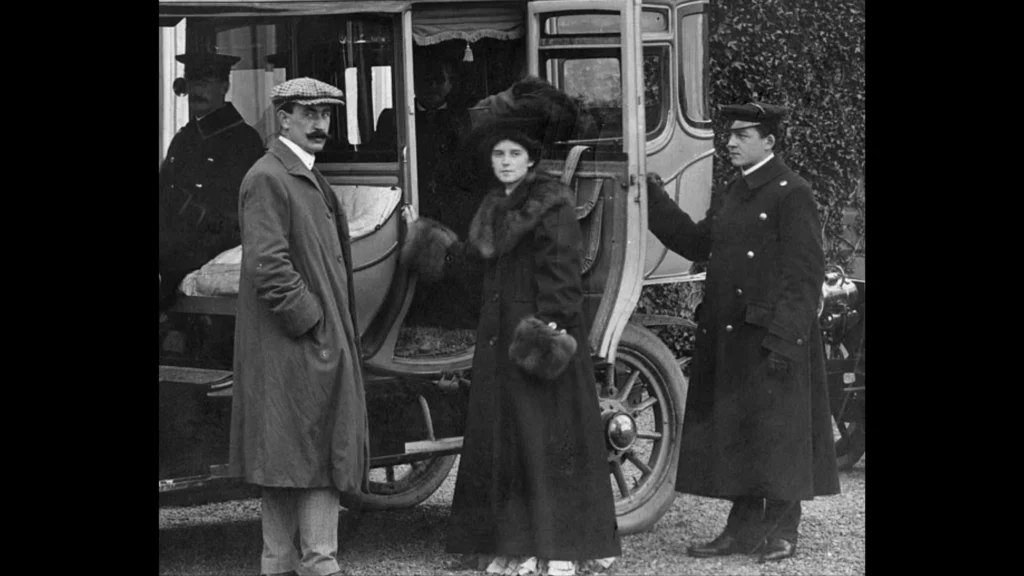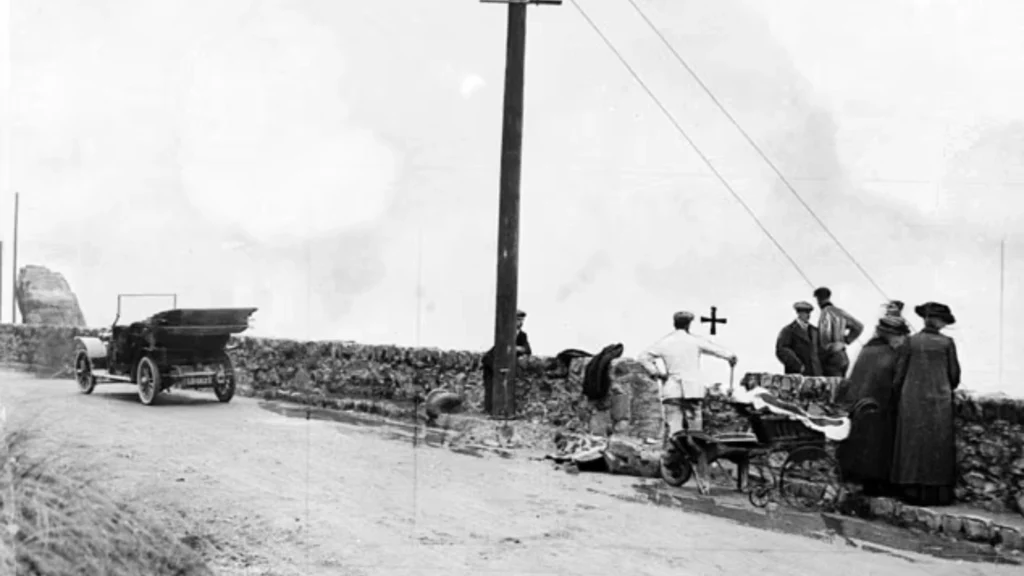
In the early 1900s, a woman named Violet Charlesworth captured the imagination—and suspicion—of people across Britain. She wasn’t a royal, a noble or a movie star. Instead, Violet became famous for pretending to be something she wasn’t: a wealthy heiress. Her lies fooled bankers, doctors, and even entire communities. But behind the charm and luxury was a carefully built web of deceit that would eventually fall apart in dramatic fashion.
A Mystery Begins
Violet Charlesworth was born in May 1884 in Staffordshire, England. Little is known about her early years. But by the time she reached her twenties, Violet and her mother, Miriam, had started living a life that looked glamorous on the outside. They traveled often, dressed in fine clothes and told everyone that Violet was going to inherit a massive fortune from a late fiancé.
This inheritance, they claimed, would arrive when Violet turned 25. People believed her. After all, she looked the part—beautiful, confident and always dressed in the latest fashion. It was a clever act and it worked.
The False Heiress and Her Victims
The plan was simple but dangerous. Violet convinced people she would soon be rich, so they lent her money, thinking they’d get it back with interest. Some offered cash, while others extended credit. She used the money to buy motorcars, furs, jewelry and even rented a country home in Scotland, decorated in Scottish tartan.
One of the people Violet fooled was a doctor from Rhyl named Edward Hughes Jones. According to Find My Past, she promised to marry him and told him he’d get part of a £100,000 inheritance. He gave her £5,000 which was a huge amount at the time. Another victim, a woman from Derby named Mrs. Smith, lost her life savings of £400.
By 1909, Violet’s debts had climbed to about £17,000—worth more than £1.3 million in today’s money. The truth was beginning to catch up with her.
The Disappearance at Sea

Just as her lies were becoming too hard to manage, Violet tried one last trick. In January 1909, she staged a car accident on a cliffside road in Anglesey, North Wales. The car supposedly went over the edge and Violet was believed to have been thrown into the sea.
Her cap was found on the rocks and newspapers reported that she had died. Many people mourned her. But not everyone believed the story.
“There was something suspicious at play… Clearly, she had survived,” said historian Lucy Worsley. “She had orchestrated her own car accident and the motive was her life as a phony heiress.”
After the staged accident, Violet vanished. Her mother helped her go into hiding, and the search began. Police and reporters hunted for her across Britain. The trail eventually led to Scotland, where Violet was found in the town of Oban, using the name Margaret MacLeod. She had skipped out on a hotel bill and that mistake gave her away, the BBC reports.
Her arrest only increased public interest. Newspapers ran daily stories about the case and copies sold out fast. The press called it “Violet on the run,” and the cliff where she faked her death became known as “Violet’s Leap.”
Trial, Prison, and Public Attention

In early 1910, Violet and her mother were arrested and taken to court. They were charged with conspiracy to obtain money by false pretenses. Both women denied the charges but the evidence was overwhelming.
At the Derbyshire Assizes, letters Violet had written—including one to Edward Hughes Jones—were read aloud. The jury found them guilty. At first, they were sentenced to five years of penal servitude, which meant hard labor in prison. But later, their sentences were reduced to three years after an appeal, according to the Daily Post.
The case was reported not just in Britain, but also in America and Australia. People were fascinated by Violet’s lies, her lifestyle and her dramatic escape. The phrase “Did she fall or was she pushed?” became a popular saying, originally referring to Violet’s fake death.
Life After Prison

After serving her sentence, Violet was released in February 1912. She returned to Scotland for a short time. Then, she vanished from public records completely.
No one knows what happened to her next. Some believe she may have changed her name again and started a new life. Others think she might have left the country. “I find her both fascinating and somewhat eerie,” said Scottish crime novelist Denise Mina. “Three years isn’t much when you consider the extent of the damage caused.”
Her story continued to inspire curiosity long after her disappearance. As Wikipedia notes, her later life remains a mystery.
Violet Charlesworth may not have been a real heiress but she became something else entirely—a symbol of the Edwardian era’s obsession with wealth, status, and image. She fooled dozens of people and cost them their savings, but her story also showed how society could be tricked by appearances.
Author Mark Bridgeman summed it up best when he wrote that Violet was “clever, resourceful, cunning, ruthless and beautiful.” Her case set the stage for future scams and left a lasting mark on the way the media—and the public—viewed con artists.
In the end, Violet’s life was built on a lie, but the story she left behind still echoes over a century later.


